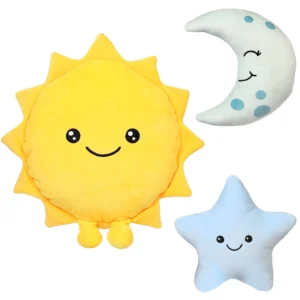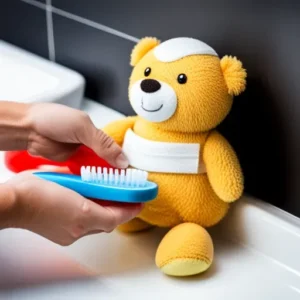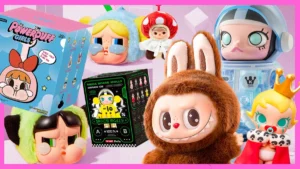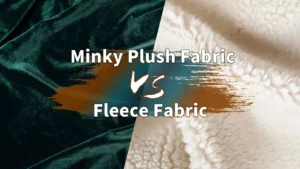Stuffed toys are more than just playthings—they carry memories, comfort, and sometimes even become cherished family heirlooms. But improper storage can cause these soft companions to lose their charm, collect dust, or even get damaged beyond repair. So, how exactly should you store stuffed toys to keep them looking fresh and feeling soft for years to come?
In summary, the best way to store stuffed toys involves keeping them in cool, dry environments, cleaning them properly beforehand, using breathable storage materials, and protecting them from pests and moisture. Proper organization and mindful storage location choices also play crucial roles in maintaining their quality.
Imagine your favorite childhood teddy bear, packed away in a damp basement or crushed under other clutter. The thought alone is heartbreaking, right? Stick around as we explore expert tips and smart solutions that can help your plush toys stay as lovable as the day you got them.
1. What Are the Best Conditions for Storing Stuffed Toys?

Ideal storage conditions include a cool, dry environment with low humidity and minimal direct sunlight to prevent mold, fading, and fabric deterioration.
Understanding Storage Environment
- Temperature and Humidity Control: Maintaining a temperature between 60-75°F (15-24°C) and humidity around 50% is ideal. Excess moisture invites mold and mildew, while extreme dryness can make fabrics brittle.
- Avoiding Direct Sunlight: UV rays break down fabric fibers and cause colors to fade. Store toys in shaded areas or use UV-protective covers.
- Pest Prevention: Insects like moths and rodents can damage stuffed toys. Clean surroundings and sealed containers help deter pests.
Many museums use climate-controlled display cases for delicate stuffed animals, emphasizing how critical environment is for preservation. Similarly, at home, basements with poor ventilation or attics with temperature swings should be avoided unless climate control is possible.
| Aspect | Details |
|---|---|
| Temperature and Humidity Control | Maintain 60-75°F (15-24°C) and around 50% humidity. Excess moisture causes mold; dryness makes fabrics brittle. |
| Avoiding Direct Sunlight | UV rays break down fibers and fade colors. Store in shaded areas or use UV-protective covers. |
| Pest Prevention | Moths, rodents can damage toys. Keep surroundings clean and use sealed containers to deter pests. |
| Examples | Museums use climate-controlled cases for preservation. Avoid basements with poor ventilation and attics with temperature swings unless climate-controlled. |
2. How Should You Clean Stuffed Toys Before Storage?
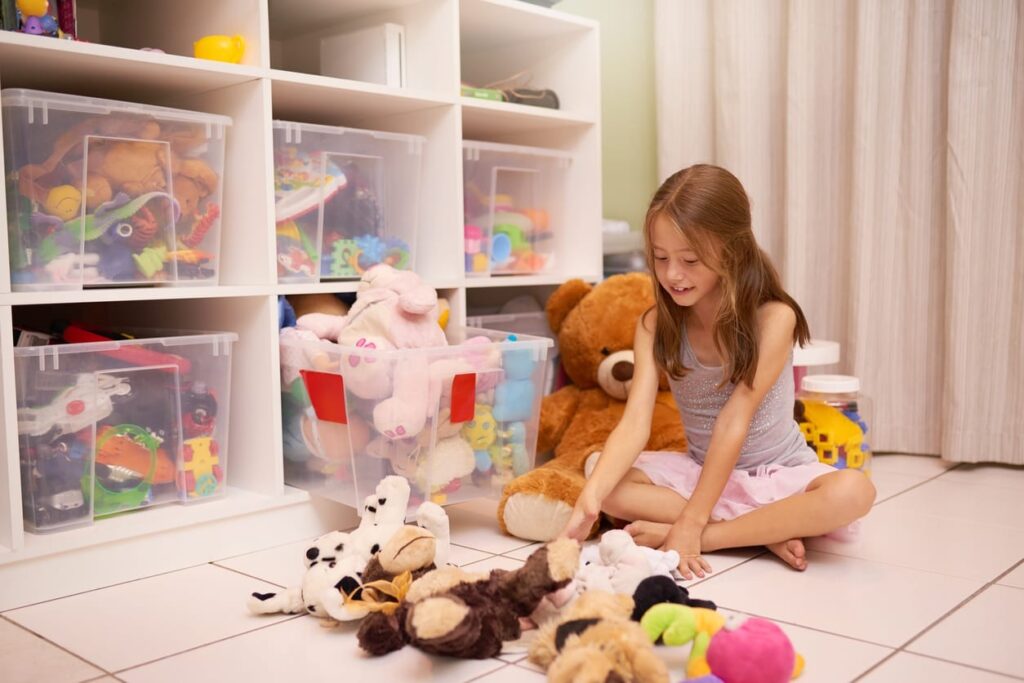
Cleaning stuffed toys before storage removes dirt, oils, and allergens, preventing fabric degradation and pest attraction.
Cleaning Methods and Considerations
- Surface Cleaning vs. Machine Washing: Delicate or vintage toys often require surface cleaning with mild detergent and a soft cloth, while durable plush toys can sometimes be machine washed on gentle cycles.
- Drying Thoroughly: Moisture left inside can cause mold. Use air drying in a well-ventilated space or low-heat dryers.
- Special Materials: Toys with electronic parts or delicate embellishments may need professional cleaning or spot treatments.
- Chemical Treatments: Avoid harsh chemicals that can degrade fibers or cause skin irritation.
A polyester plush bear can typically be machine washed in cold water, but a wool-stuffed heirloom doll may require gentle spot cleaning and airing to preserve its structure.
| Cleaning Aspect | Details |
|---|---|
| Surface Cleaning vs. Machine Washing | Delicate or vintage toys: surface clean with mild detergent and soft cloth; durable plush toys: gentle machine wash possible. |
| Drying Thoroughly | Avoid moisture buildup to prevent mold; air dry in well-ventilated space or use low-heat dryers. |
| Special Materials | Toys with electronics or delicate parts may require professional cleaning or spot treatment. |
| Chemical Treatments | Avoid harsh chemicals that can degrade fibers or irritate skin. |
| Example | Polyester plush bear: machine washable in cold water; wool-stuffed heirloom doll: gentle spot cleaning and airing recommended. |
3. Which Storage Containers and Materials Are Suitable for Plush Toys?
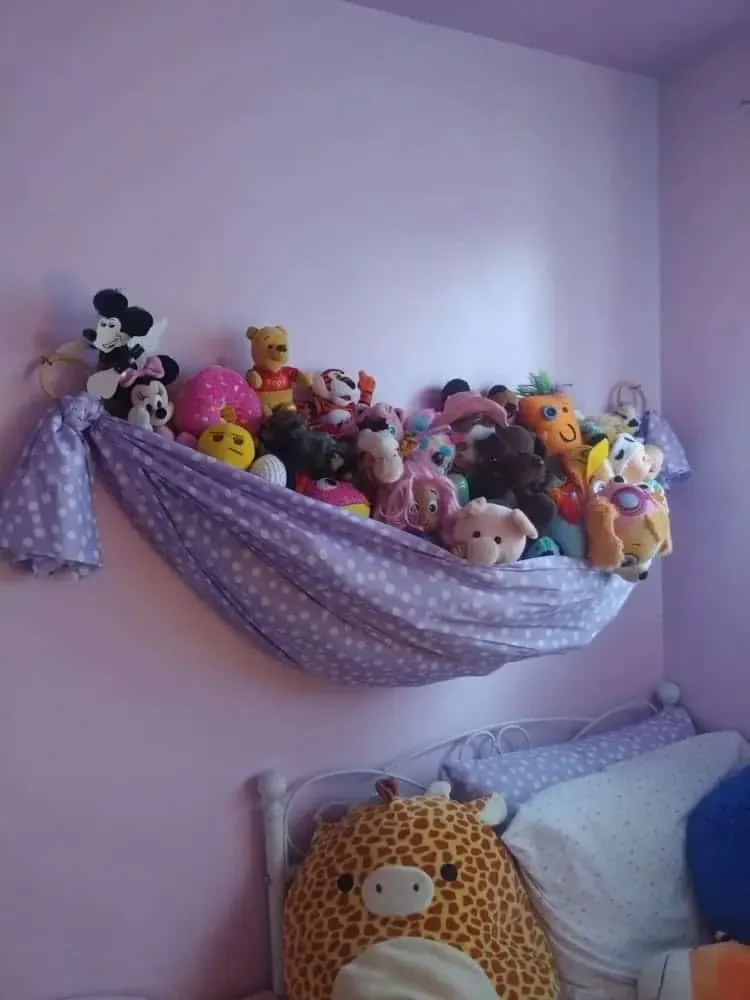
Breathable fabric bags and plastic containers with ventilation holes are best to protect toys from dust and pests while preventing moisture buildup.
Storage Solutions Explored
- Plastic Containers: Durable and pest-resistant but can trap moisture. Use with silica gel packs and ventilation.
- Fabric Storage Bags: Allow air circulation, reducing mold risk but less protective against pests.
- Vacuum-Sealed Bags: Save space but risk compressing toys and causing permanent shape damage.
- Open Shelving with Dust Covers: Ideal for collections on display, balancing accessibility and protection.
- Example Table: Storage Container Pros and Cons
| Container Type | Pros | Cons | Best Use Case |
|---|---|---|---|
| Plastic Bin | Pest protection, stackable | Moisture buildup risk | Short to medium-term storage |
| Fabric Bag | Breathable, light | Limited pest protection | Long-term storage in dry areas |
| Vacuum-Sealed Bag | Space-saving | Risk of deformation | Temporary storage for limited space |
| Open Shelf + Dust Cover | Easy access and display | Dust and light exposure | Showcasing plush collections |
4. Do Stuffed Toys Need Special Care for Long-Term Storage?
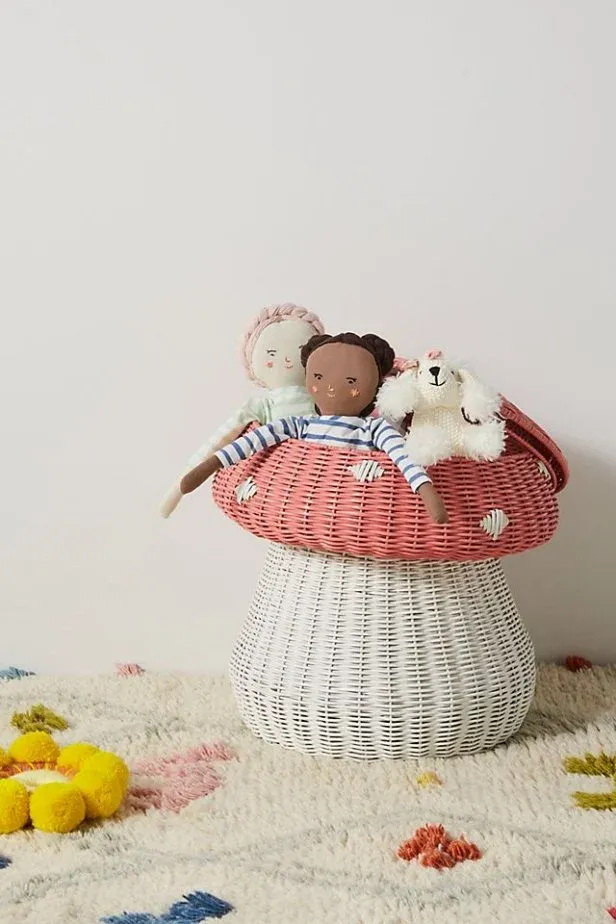
Long-term storage requires measures to maintain shape and softness, including proper stuffing support, moisture control, and regular inspections.
Long-Term Care Practices
- Maintaining Shape: Stuff toys lightly with acid-free tissue paper or clean cloth to support structure.
- Moisture Absorbers: Use silica gel packets or activated charcoal to keep humidity low.
- Regular Checkups: Inspect toys every few months for mold, pests, or fabric degradation.
- Avoid Overpacking: Prevent crushing by allowing space between stored toys.
High-end plush collections stored by enthusiasts often include weekly airing and rotation to preserve fabric integrity.
| Long-Term Care Aspect | Details |
|---|---|
| Maintaining Shape | Lightly stuff toys with acid-free tissue paper or clean cloth to support their structure. |
| Moisture Absorbers | Use silica gel packets or activated charcoal to control humidity and prevent moisture damage. |
| Regular Checkups | Inspect toys every few months for mold, pests, or fabric degradation. |
| Avoid Overpacking | Allow space between toys to prevent crushing and deformation. |
| Example | Enthusiasts of high-end plush collections often air and rotate toys weekly to preserve quality. |
5. How Can You Organize and Label Stuffed Toys Efficiently?
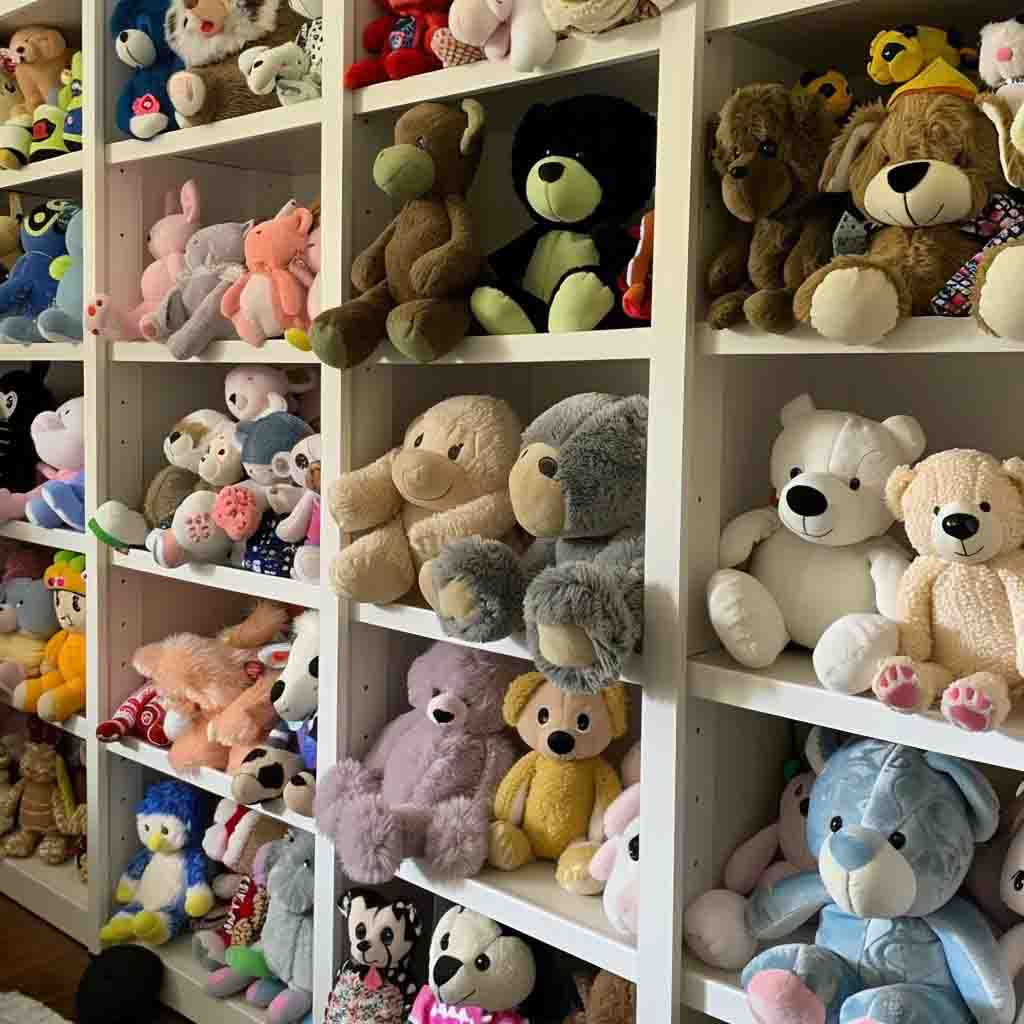
Labeling storage containers and cataloging toy collections help track condition and ease retrieval, especially for large collections.
Organization Tips and Tools
- Cataloging Systems: Use spreadsheets or apps to log toy details, condition, and storage location.
- Clear Labeling: Attach labels with names, dates stored, and cleaning notes on containers.
- Color-Coding: Assign colors for different toy types or condition levels.
- Storage Layout: Keep frequently used toys accessible; store seasonal or sentimental items separately.
A collector might use a database app to document 500+ toys, noting manufacturer, material, and care instructions, linked to physical storage locations.
| Organization Aspect | Details |
|---|---|
| Cataloging Systems | Use spreadsheets or apps to log toy details, condition, and storage location. |
| Clear Labeling | Attach labels with names, dates stored, and cleaning notes on storage containers. |
| Color-Coding | Assign colors to differentiate toy types or condition levels for quick identification. |
| Storage Layout | Keep frequently used toys accessible; store seasonal or sentimental items separately for easy retrieval. |
| Example | Collectors may use database apps to document 500+ toys, noting manufacturer, material, care, and location. |
6. Is It Safe to Store Stuffed Toys in Attics, Basements, or Garages?

Attics, basements, and garages often pose risks due to temperature fluctuations, humidity, and pests, making them generally unsuitable unless properly climate-controlled.
Risks and Mitigations by Location
- Attics: High heat in summer and cold in winter damage fibers. Use insulation and climate control if storing here.
- Basements: Often damp and prone to flooding or mold growth; dehumidifiers and sealed containers are essential.
- Garages: Vulnerable to pests and temperature swings; generally not recommended unless well-sealed.
- Climate Zones: Storage solutions vary by local climate—humid regions require stricter moisture controls.
Storing toys in a humid basement without dehumidification can cause irreversible mold damage within months.
| Storage Location | Risks | Mitigations |
|---|---|---|
| Attics | High heat in summer and cold in winter can damage fibers. | Use insulation and climate control if storing here. |
| Basements | Often damp, prone to flooding and mold growth. | Use dehumidifiers and sealed containers. |
| Garages | Vulnerable to pests and temperature fluctuations. | Only store if well-sealed and climate controlled. |
| Climate Zones | Humid regions increase moisture risks. | Implement stricter moisture control measures. |
| Example | Storing toys in a humid basement without dehumidification can cause mold damage in months. | — |
Conclusion: Ready to Preserve Your Plush Toys with Expert Storage Solutions?
Properly storing stuffed toys isn’t just about tidiness—it’s about preserving memories, protecting investments, and ensuring your soft friends stay as cuddly as ever. By controlling environment, cleaning wisely, choosing the right containers, and organizing smartly, you can extend your plush toys’ lifespan significantly.
At Kinwin, we specialize in customized plush toy storage solutions tailored to your unique needs. Whether you’re a retailer, collector, or manufacturer, our durable, eco-friendly products ensure your toys stay safe and beautiful. Contact us today for a personalized quote and take the first step toward preserving your plush companions with confidence.




